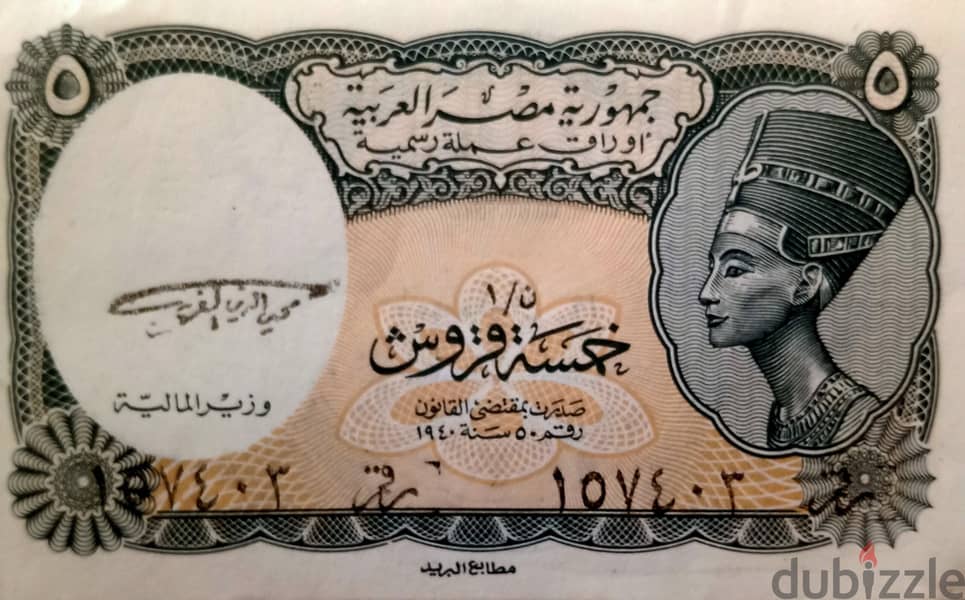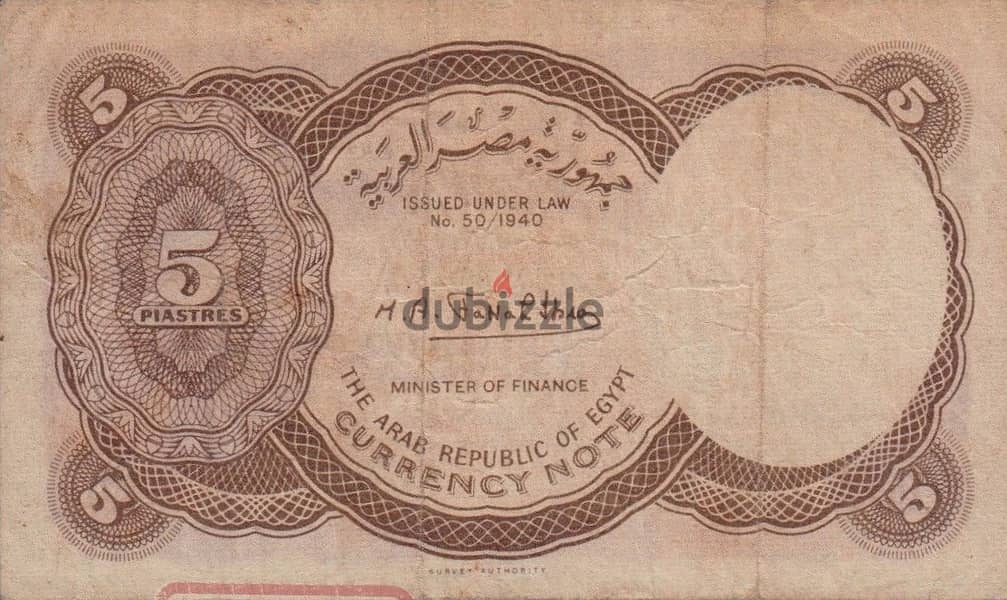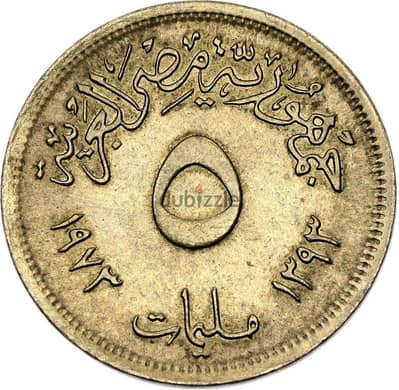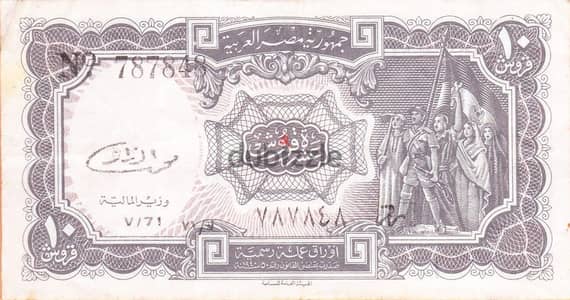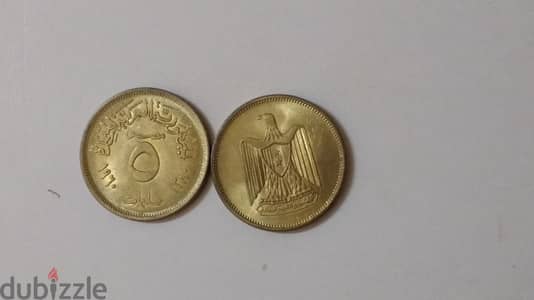1 / 2
التفاصيل
نوع السعرقابل للنقاش
النوعأنتيكات
الوصف
History
Origins: The piastre (also known as "ersh" or "qirsh") was the currency of Egypt until 1834. It was based on the Turkish kuruş and was subdivided into 40 para1.
Modern Usage: In 1916, the piastre was divided into tenths (called milliemes), and the 5 piastres coin continued to be minted.
Design and Composition
Early Coins: The 5 piastres coin was initially made of silver with a fineness of 0.833 and weighed around 7 grams.
Obverse: Features the bust of the ruling monarch or a symbolic representation.
Reverse: Displays the value and denomination within a wreath, along with the year of minting.
Value
Historical Value: The value of the 5 piastres coin has varied over time, especially due to changes in silver prices.
Collectibility
Rarity: The 5 piastres coin from different periods can vary in rarity, with some mint years being more sought after by collectors.
Condition: Coins in better condition (e. g. , uncirculated or proof versions) are typically more valuable.
Usage
Circulation: The 5 piastres coin was widely circulated in Egypt and used for everyday transactions.
Demonetization: While still legal tender, the 5 piastres coin is no longer commonly used in daily transactions due to inflation and the introduction of higher denominations.
2pices
الموقع
مصر
رقم الإعلان 203864675
الإبلاغ عن هذا الإعلان
الإعلانات ذات الصلة
مدرجة من قبل مستخدم خاص
yassin mohamed
عضو منذ فبراير 2025
الصفحة الشخصية
سلامتك تهمنا
- قابل البايع في مكان عام زي المترو أو المولات أو محطات البنزين
- خد حد معاك وانت رايح تقابل البايع أو المشتري
- عاين المنتج كويس قبل ما تشتري وتأكد ان سعره مناسب
- متدفعش او تحول فلوس الا لما تعاين المنتج كويس
